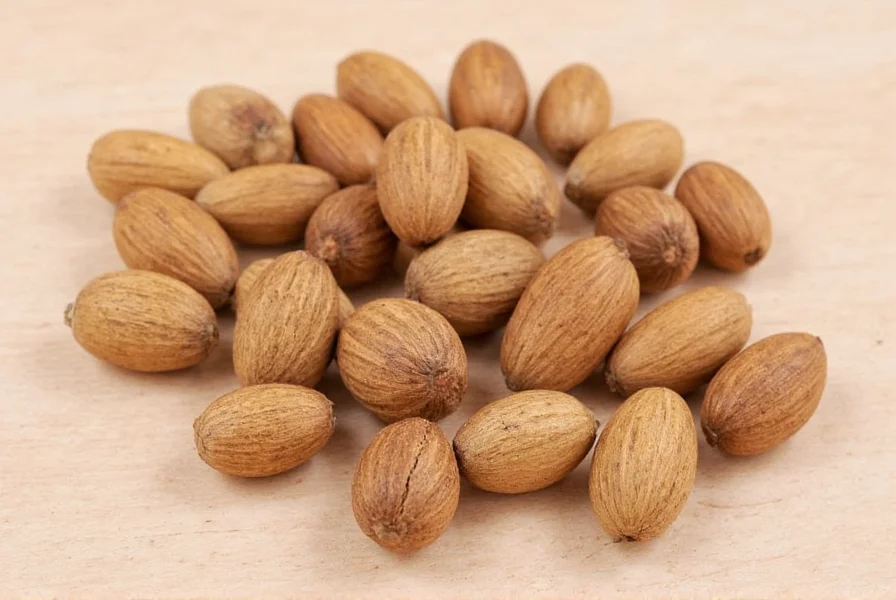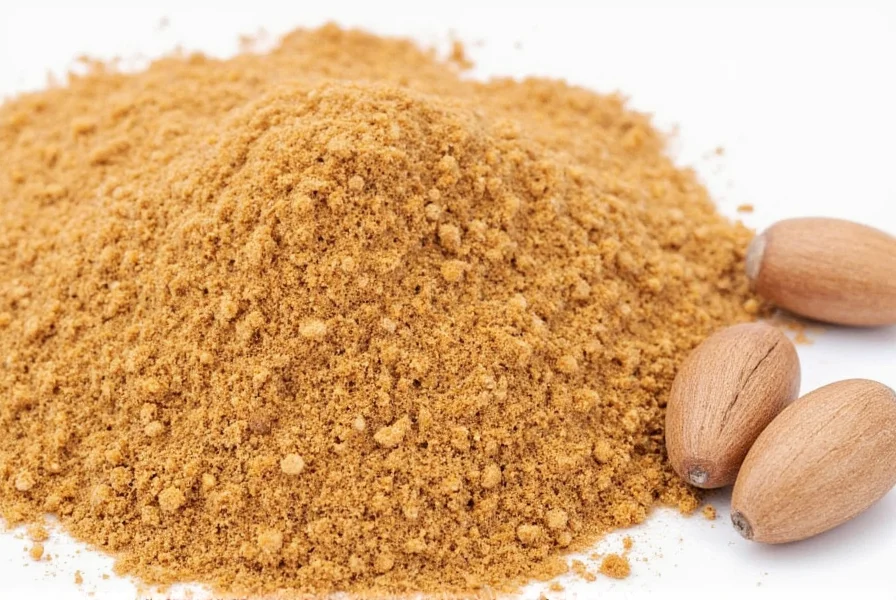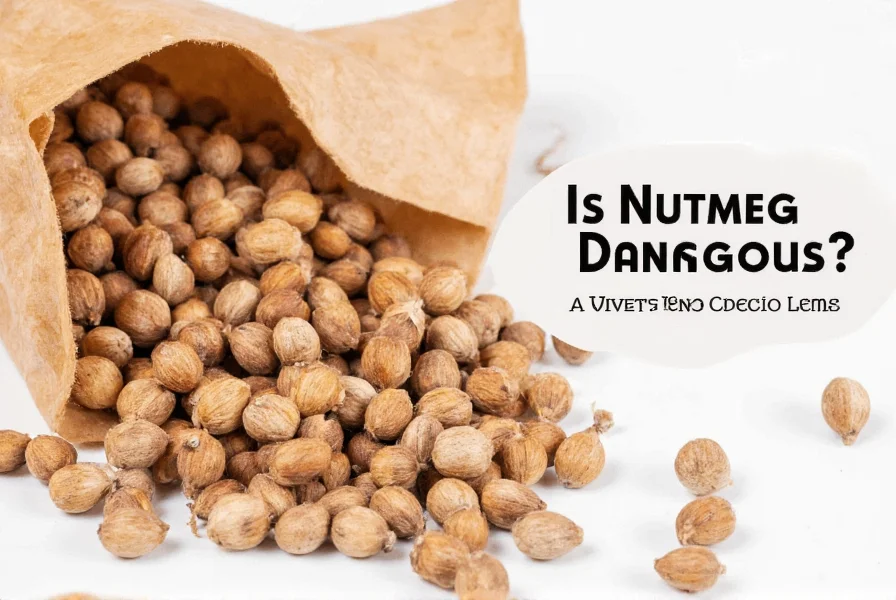Nutmeg, the seed of the Myristica fragrans tree, has been a kitchen staple for centuries. Most people safely use this warm, aromatic spice in small amounts for baking, sauces, and holiday recipes. However, questions about is nutmeg dangerous have increased as some individuals experiment with consuming larger quantities seeking psychoactive effects.
Understanding Nutmeg's Chemical Composition
Nutmeg contains several bioactive compounds, with myristicin being the primary component of concern. Myristicin is a natural organic compound that, in moderate amounts found in culinary use, poses no health risk. However, when consumed in large quantities, myristicin can metabolize into elemicin and other compounds that affect the central nervous system.
Other notable compounds include:
| Compound | Percentage in Nutmeg | Effects |
|---|---|---|
| Myristicin | 1-3% | Potentially psychoactive in large doses |
| Safrole | 0.5-2% | Carcinogenic in high doses |
| Eugenol | 5-10% | Antiseptic properties, safe in culinary amounts |
| Terpenes | 20-30% | Contribute to aroma, generally safe |
Safe Consumption Levels vs. Dangerous Amounts
The critical distinction in understanding is nutmeg dangerous for cooking lies in dosage. Culinary use typically involves:
- 1/8 to 1/4 teaspoon (0.5-1.25 grams) per recipe serving 4-6 people
- Less than 0.05 grams per individual serving
At these levels, nutmeg presents no health risk for most people. The danger begins when someone consumes 5 grams or more (approximately one whole nutmeg seed) at once. Research shows that doses exceeding 5-10 grams can trigger adverse effects, with severe symptoms typically appearing at 10-20 grams.

Symptoms of Nutmeg Toxicity
Nutmeg poisoning symptoms usually appear 3-6 hours after ingestion and can last up to 48 hours. The severity depends on the amount consumed and individual sensitivity. Common symptoms include:
- Mild toxicity (5-10g): Dry mouth, thirst, flushing, nausea, dizziness
- Moderate toxicity (10-15g): Rapid heartbeat, anxiety, hallucinations, confusion
- Severe toxicity (15g+): Seizures, dangerously high blood pressure, organ damage
A 2022 review in Clinical Toxicology documented cases where individuals consuming 10-20 grams of nutmeg experienced symptoms resembling anticholinergic toxicity, including delirium and tachycardia requiring medical intervention. Understanding how much nutmeg is toxic is crucial for preventing these dangerous outcomes.
Vulnerable Populations at Higher Risk
Certain groups face increased risks even at lower doses:
- Children: Due to lower body weight, even 1-2 grams can cause significant symptoms
- Pregnant women: High doses may stimulate uterine contractions
- Individuals with heart conditions: Nutmeg's stimulant effects can exacerbate cardiac issues
- People taking certain medications: Potential interactions with antidepressants and other CNS-affecting drugs
Medical Treatment for Nutmeg Overconsumption
If someone has consumed a potentially dangerous amount of nutmeg, immediate action is necessary:
- Contact poison control or seek emergency medical attention
- Do not induce vomiting unless directed by medical professionals
- Stay hydrated with small sips of water
- Monitor vital signs (heart rate, blood pressure)
- Avoid driving or operating machinery due to potential dizziness
Medical treatment typically focuses on symptom management. In severe cases, activated charcoal may be administered to reduce absorption, and medications might be used to control heart rate or blood pressure. Understanding what happens if you eat too much nutmeg can help prevent panic and ensure appropriate response.

Debunking Common Nutmeg Myths
Several misconceptions contribute to dangerous experimentation:
- Myth: Nutmeg is a safe, natural high
Fact: The experience is often unpleasant with significant physical discomfort - Myth: Cooking destroys all psychoactive compounds
Fact: Myristicin remains stable through normal cooking temperatures - Myth: Nutmeg addiction is common
Fact: While psychological dependence can occur, physical addiction is rare - Myth: All nutmeg varieties have identical potency
Fact: Potency varies significantly based on origin and processing
Practical Guidance for Safe Nutmeg Use
To safely enjoy nutmeg's flavor without risk:
- Use freshly grated nutmeg from whole seeds for best flavor and controlled portions
- Never exceed 1/4 teaspoon per serving in recipes
- Store whole nutmeg securely away from children
- Educate teenagers about the dangers of nutmeg misuse
- Consult your doctor before using nutmeg medicinally, especially if taking medications
When used responsibly as a culinary spice, nutmeg offers warm, complex flavors with no significant health risks. The key to understanding is ground nutmeg dangerous lies in recognizing that context and dosage determine safety.











 浙公网安备
33010002000092号
浙公网安备
33010002000092号 浙B2-20120091-4
浙B2-20120091-4